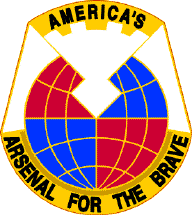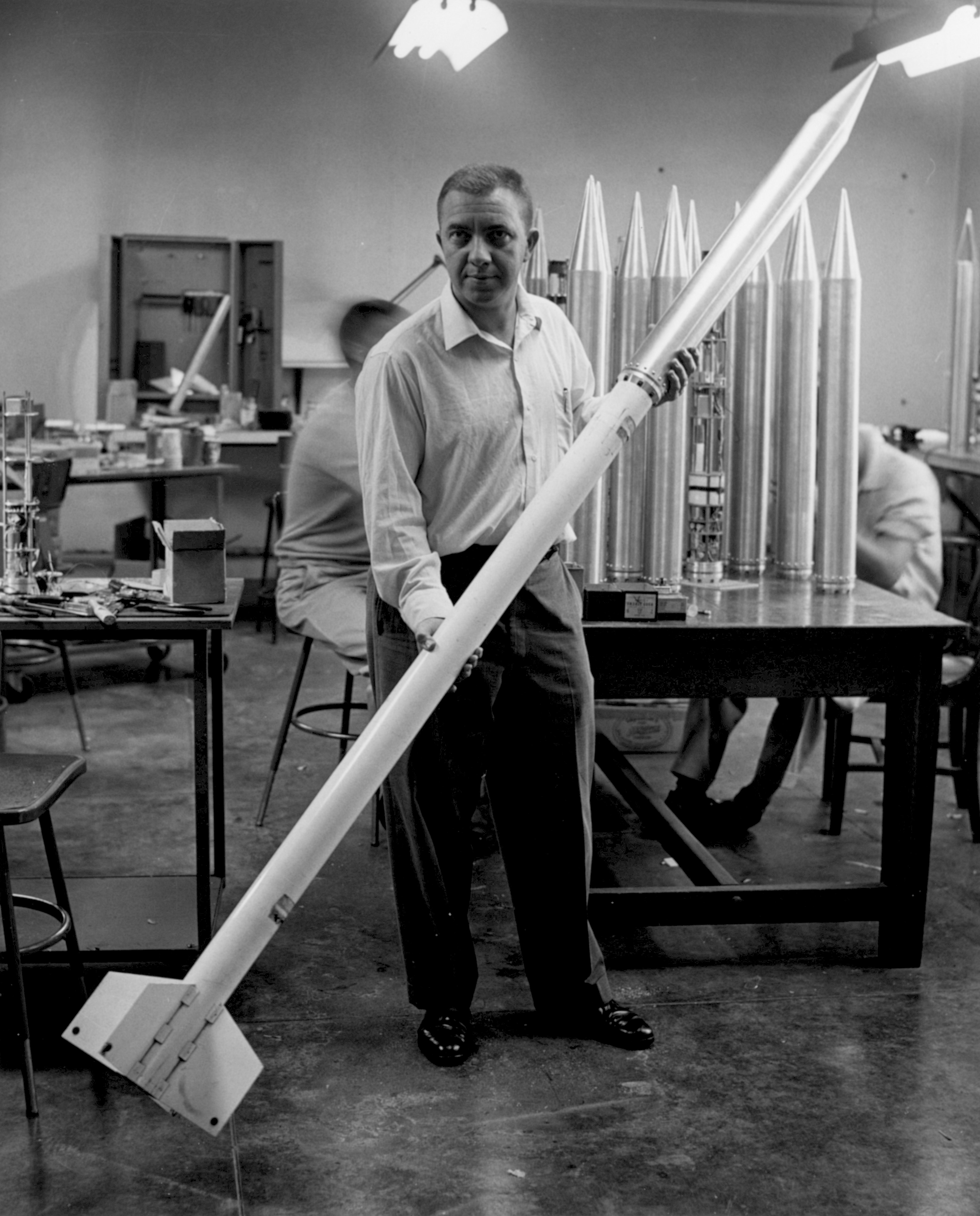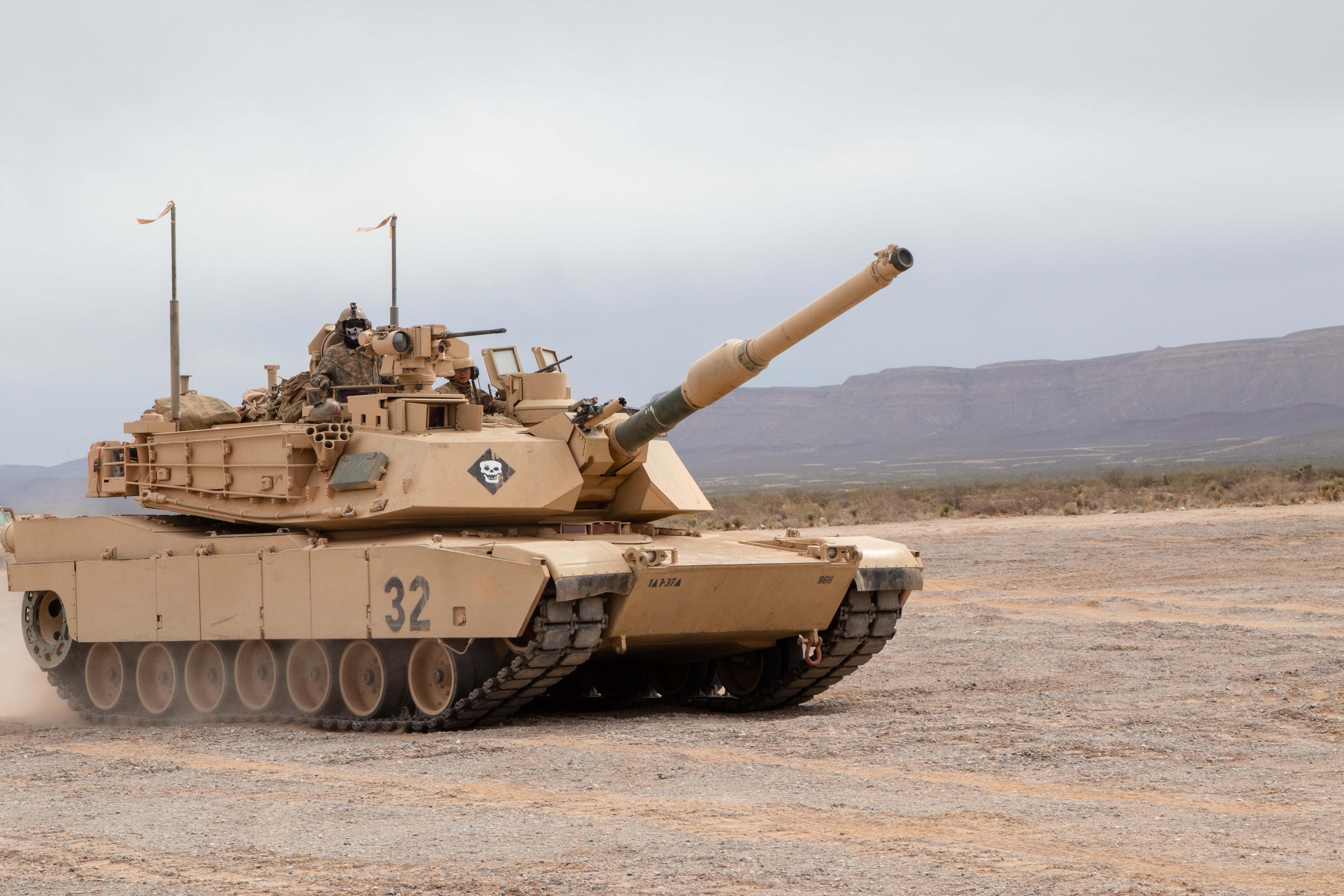|
Atmospheric Sciences Laboratory
The Atmospheric Sciences Laboratory (ASL) was a research institution under the U.S. Army Materiel Command that specialized in artillery meteorology, electro-optical climatology, atmospheric optics data, and atmospheric characterization from 1965 to 1992. ASL was one of the seven Army laboratories that merged to form the U.S. Army Research Laboratory (ARL) in 1992. Locations The headquarters for the Atmospheric Sciences Laboratory and a bulk of its research facilities were located in White Sands Missile Range, New Mexico. Several of its research facilities were also located at Fort Monmouth, New Jersey. ASL meteorological teams were situated throughout North America at the following sites: Fort Hunter Liggett, California; Redstone Arsenal, Alabama; Fort Belvoir, Virginia; Yuma Proving Ground, Arizona; Fort Huachuca, Arizona; Aberdeen Proving Ground, Maryland; Dugway Proving Ground, Utah; Fort Greely, Alaska; and the Panama Canal. History The history of ASL dates back to the ... [...More Info...] [...Related Items...] OR: [Wikipedia] [Google] [Baidu] |
United States Army Materiel Command
U.S. Army Materiel Command (AMC) is the primary provider of materiel to the United States Army. The Command's mission includes the management of installations, as well as maintenance and parts distribution. It was established on 8 May 1962 and was activated on 1 August of that year as a major field command of the U.S. Army. Lieutenant General Frank S. Besson, Jr., who directed the implementation of the Department of Army study that recommended creation of a "materiel development and logistics command", served as its first commander. AMC operates depots; arsenals; ammunition plants; and other facilities, and maintains the Army's prepositioned stocks, both on land and afloat. The command is also the Department of Defense Executive Agent for the chemical weapons stockpile and for conventional ammunition. AMC is responsible within the United States Department of Defense for the business of selling Army equipment and services to allies of the United States and negotiates and impleme ... [...More Info...] [...Related Items...] OR: [Wikipedia] [Google] [Baidu] |
World War II
World War II or the Second World War, often abbreviated as WWII or WW2, was a world war that lasted from 1939 to 1945. It involved the vast majority of the world's countries—including all of the great powers—forming two opposing military alliances: the Allies and the Axis powers. World War II was a total war that directly involved more than 100 million personnel from more than 30 countries. The major participants in the war threw their entire economic, industrial, and scientific capabilities behind the war effort, blurring the distinction between civilian and military resources. Aircraft played a major role in the conflict, enabling the strategic bombing of population centres and deploying the only two nuclear weapons ever used in war. World War II was by far the deadliest conflict in human history; it resulted in 70 to 85 million fatalities, mostly among civilians. Tens of millions died due to genocides (including the Holocaust), starvation, ma ... [...More Info...] [...Related Items...] OR: [Wikipedia] [Google] [Baidu] |
Weather Balloon
A weather balloon, also known as sounding balloon, is a balloon (specifically a type of high-altitude balloon) that carries instruments aloft to send back information on atmospheric pressure, temperature, humidity and wind speed by means of a small, expendable measuring device called a radiosonde. To obtain wind data, they can be tracked by radar, radio direction finding, or navigation systems (such as the satellite-based Global Positioning System, GPS). Balloons meant to stay at a constant altitude for long periods of time are known as ''transosondes''. Weather balloons that do not carry an instrument pack are used to determine upper-level winds and the height of cloud layers. For such balloons, a theodolite or total station is used to track the balloon's azimuth and elevation, which are then converted to estimated wind speed and direction and/or cloud height, as applicable. Weather balloons are launched around the world for observations used to diagnose current conditions ... [...More Info...] [...Related Items...] OR: [Wikipedia] [Google] [Baidu] |
Atmospheric Tide
Atmospheric tides are global-scale periodic oscillations of the atmosphere. In many ways they are analogous to ocean tides. Atmospheric tides can be excited by: *The regular day–night cycle in the Sun's heating of the atmosphere (insolation) *The gravitational field pull of the Moon *Non-linear interactions between tides and planetary waves. *Large-scale latent heat release due to deep convection in the tropics. General characteristics The largest-amplitude atmospheric tides are mostly generated in the troposphere and stratosphere when the atmosphere is periodically heated, as water vapor and ozone absorb solar radiation during the day. These tides propagate away from the source regions and ascend into the mesosphere and thermosphere. Atmospheric tides can be measured as regular fluctuations in wind, temperature, density and pressure. Although atmospheric tides share much in common with ocean tides they have two key distinguishing features: # Atmospheric tides are primarily ... [...More Info...] [...Related Items...] OR: [Wikipedia] [Google] [Baidu] |
United States Army Communications-Electronics Command
The Communications-Electronics Command (CECOM) is a Life Cycle Management Command (LCMC) of the United States Army based at Aberdeen Proving Ground, Maryland, United States. It is one of four such commands under the Army Materiel Command (AMC), and is the Army's provider and maintainer of Command, Control, Communications, Computers, Cyber, Intelligence, Surveillance and Reconnaissance ( C5ISR) capabilities. The 2005 Base Realignment and Closure decision relocated CECOM to Aberdeen Proving Ground, Maryland as part of implementing the 2005 Base Realignment and Closure law. Its former home, Fort Monmouth, New Jersey has been closed since 15 September 2011. CECOM has approximately 13,000 military, civilian and contract personnel across six CECOM organizations: #the Army Contracting Command-APG; #the Army Medical Logisitics Command, Fort Detrick, Maryland; #Central Technical Support Facility, Fort Hood, Texas; #CECOM Integrated Logistics Support Center, Aberdeen Proving Ground, M ... [...More Info...] [...Related Items...] OR: [Wikipedia] [Google] [Baidu] |
Electronic Warfare
Electronic warfare (EW) is any action involving the use of the electromagnetic spectrum (EM spectrum) or directed energy to control the spectrum, attack an enemy, or impede enemy assaults. The purpose of electronic warfare is to deny the opponent the advantage of—and ensure friendly unimpeded access to—the EM spectrum. EW can be applied from air, sea, land, and/or space by crewed and uncrewed systems, and can target communication, radar, or other military and civilian assets. The electromagnetic environment Military operations are executed in an information environment increasingly complicated by the electromagnetic spectrum. The electromagnetic spectrum portion of the information environment is referred to as the electromagnetic environment (EME). The recognized need for military forces to have unimpeded access to and use of the electromagnetic environment creates vulnerabilities and opportunities for electronic warfare in support of military operations. Within the informat ... [...More Info...] [...Related Items...] OR: [Wikipedia] [Google] [Baidu] |
Meteorology
Meteorology is a branch of the atmospheric sciences (which include atmospheric chemistry and physics) with a major focus on weather forecasting. The study of meteorology dates back millennia, though significant progress in meteorology did not begin until the 18th century. The 19th century saw modest progress in the field after weather observation networks were formed across broad regions. Prior attempts at prediction of weather depended on historical data. It was not until after the elucidation of the laws of physics, and more particularly in the latter half of the 20th century the development of the computer (allowing for the automated solution of a great many modelling equations) that significant breakthroughs in weather forecasting were achieved. An important branch of weather forecasting is marine weather forecasting as it relates to maritime and coastal safety, in which weather effects also include atmospheric interactions with large bodies of water. Meteorological pheno ... [...More Info...] [...Related Items...] OR: [Wikipedia] [Google] [Baidu] |
Arcas (rocket)
Arcas (originally "All-Purpose Rocket for Collecting Atmospheric Soundings", also designated Big Boy Rocket or "PWN-6") was the designation of an American sounding rocket, developed by the Atlantic Research Corp. (now Atlantic Richfield Company (ARCO)), Alexandria, Va. The Arcas sounding rocket is an unguided vehicle with a diameter of 4.5 inches designed to carry payloads of 12 pounds or less to heights in excess of 200,000 feet when launched from sea level.Bruce Bollerman''A Study of 30 km to 200 Km Meteorological Rocket sounding systems,'' Volume 1 Chapter 6.3.2, "Arcas,"' NASA Report CR-1529, May 1970, page 248-258. Retrieved 2018-03-22. It launched between July 31, 1959, and August 9, 1991, at least 421 times. The Arcas has a maximum flight altitude of 52 kilometers, a takeoff thrust of 1.5 kN, a takeoff weight of 34 kilograms, and a diameter of 11 centimeters. The Arcas was 2.30 m long and had a fin span of 0.33 m. History A 1957 Stanford Research Institute study pro ... [...More Info...] [...Related Items...] OR: [Wikipedia] [Google] [Baidu] |
Loki (rocket)
Loki, officially designated 76mm HEAA Rocket T220, was an American unguided anti-aircraft rocket based on the German Taifun. Like the Taifun, Loki never saw service in its original role, but later found widespread use as a sounding rocket. It was so successful in this role that several advanced versions were developed on the basic Loki layout, including the final Super Loki. Development As part of their anti-aircraft development program of 1942, the ''Luftwaffe'' began developing a number of guided missile projects. However, there was concern that these would not develop in time to be useful in the 1943/44 time frame. To fill the gap, Klaus Scheufelen suggested building a simple unguided rocket that would be fired en-masse directly up into the bomber streams. The result was the Taifun. Taifun was powered by a hypergolic mixture pressure-fed into the combustion chamber. The pressure was provided by small cordite charges that were fired into the fuel tanks, in the process burs ... [...More Info...] [...Related Items...] OR: [Wikipedia] [Google] [Baidu] |
Nike-Cajun
The Nike-Cajun was a two-stage sounding rocket built by combining a Nike base stage with a Cajun upper stage. The Nike-Cajun was known as a CAN for Cajun And Nike. The Cajun was developed from the Deacon rocket. It retained the external size, shape and configuration of the Deacon but had 36 percent greater impulse than the Deacon due to improved propellant. It was launched 714 times between 1956 and 1976 and was the most frequently used sounding rocket of the western world. The Nike Cajun had a launch weight of 698 kg (1538 lb), a payload of 23 kg (51 lb), a launch thrust of 246 kN (55,300 lbf) and a maximum altitude of 120 km (394,000 ft). It had a diameter of 42 cm (1 ft 4 in) and a length of 7.70 m (25 ft 3 in). The maximum speed of the Nike-Cajun was . The Cajun stage of this rocket was named for the Cajun people of south Louisiana because one of the rocket's designers, J. G. Thibodaux, was a Cajun. The Nike ... [...More Info...] [...Related Items...] OR: [Wikipedia] [Google] [Baidu] |
Chief Signal Officer
) , colors = Orange and white , colors_label = Corps colors , march = , mascot = , equipment = , equipment_label = , battles = , anniversaries = 21 June 1860 , decorations = , battle_honours = , notable_commanders = BG Albert J. Myer BG Adolphus Greely , identification_symbol = , identification_symbol_label = Branch insignia , identification_symbol_2 = , identification_symbol_2_label = Regimental insignia , current_commander = , current_commander_label = , ceremonial_chief = Colonel Paul D. Howard , ceremonial_chief_label = Chief of Signal , command_sergeant_major = CSM Darien D. Lawshea , command_sergeant_major_label = Sergeant Major of the Regiment The United States Army Signal Corps (U ... [...More Info...] [...Related Items...] OR: [Wikipedia] [Google] [Baidu] |
Fort Bliss
Fort Bliss is a United States Army post in New Mexico and Texas, with its headquarters in El Paso, Texas. Named in honor of William Wallace Smith Bliss, LTC William Bliss (1815–1853), a mathematics professor who was the son-in-law of President Zachary Taylor, Ft. Bliss has an area of about ; it is the largest installation in FORSCOM (United States Army Forces Command) and second-largest in the Army overall (the largest being the adjacent White Sands Missile Range). The portion of the post located in El Paso County, Texas, is a census-designated place with a population of 8,591 as of the time of the United States Census, 2010, 2010 census. Fort Bliss provides the largest contiguous tract () of restricted airspace in the Continental United States, used for missile and artillery training and testing, and at 992,000 acres boasts the largest maneuver area (ahead of the Fort Irwin National Training Center, National Training Center, which has 642,000 acres). The garrison's land area i ... [...More Info...] [...Related Items...] OR: [Wikipedia] [Google] [Baidu] |




_Unloaded.jpg)


